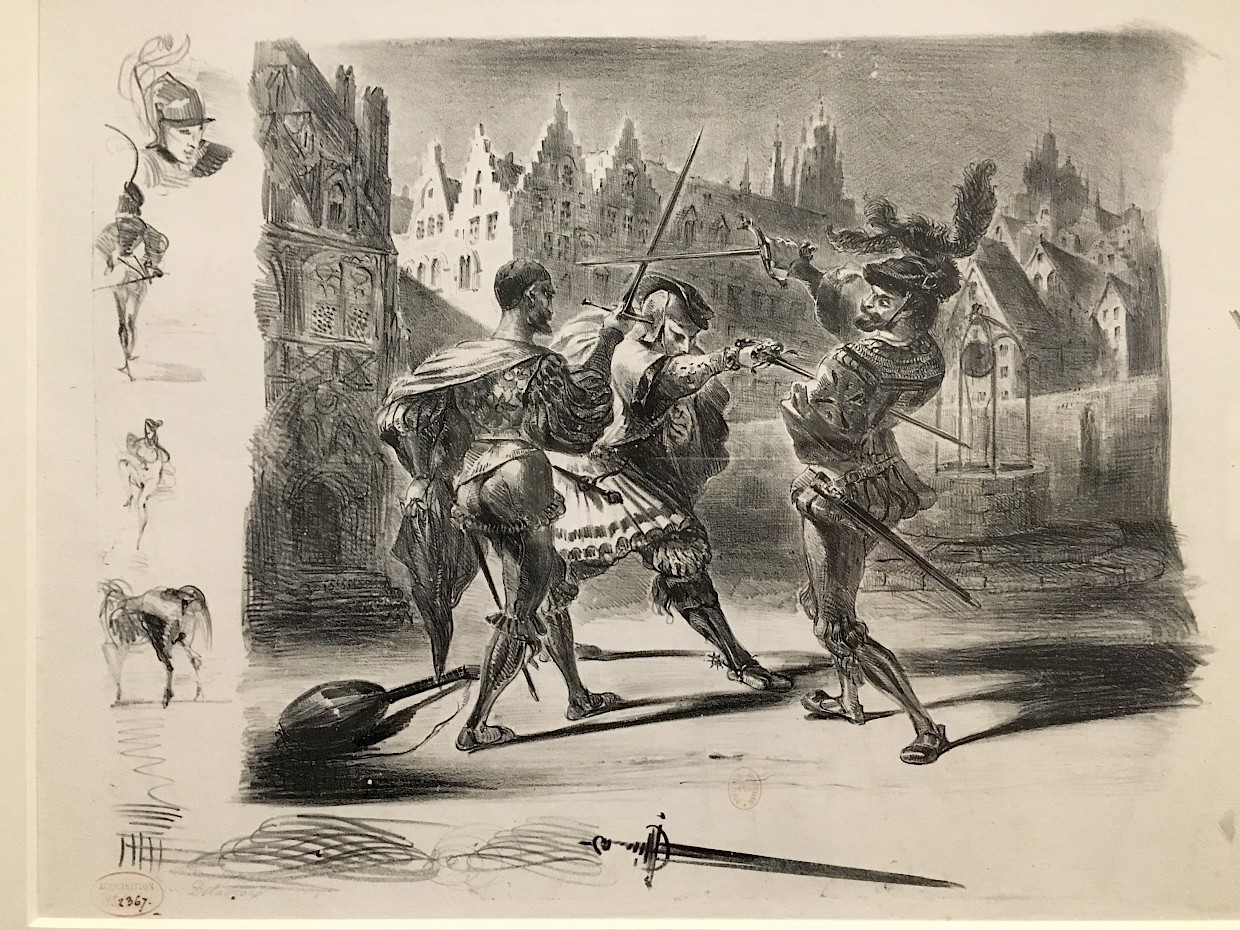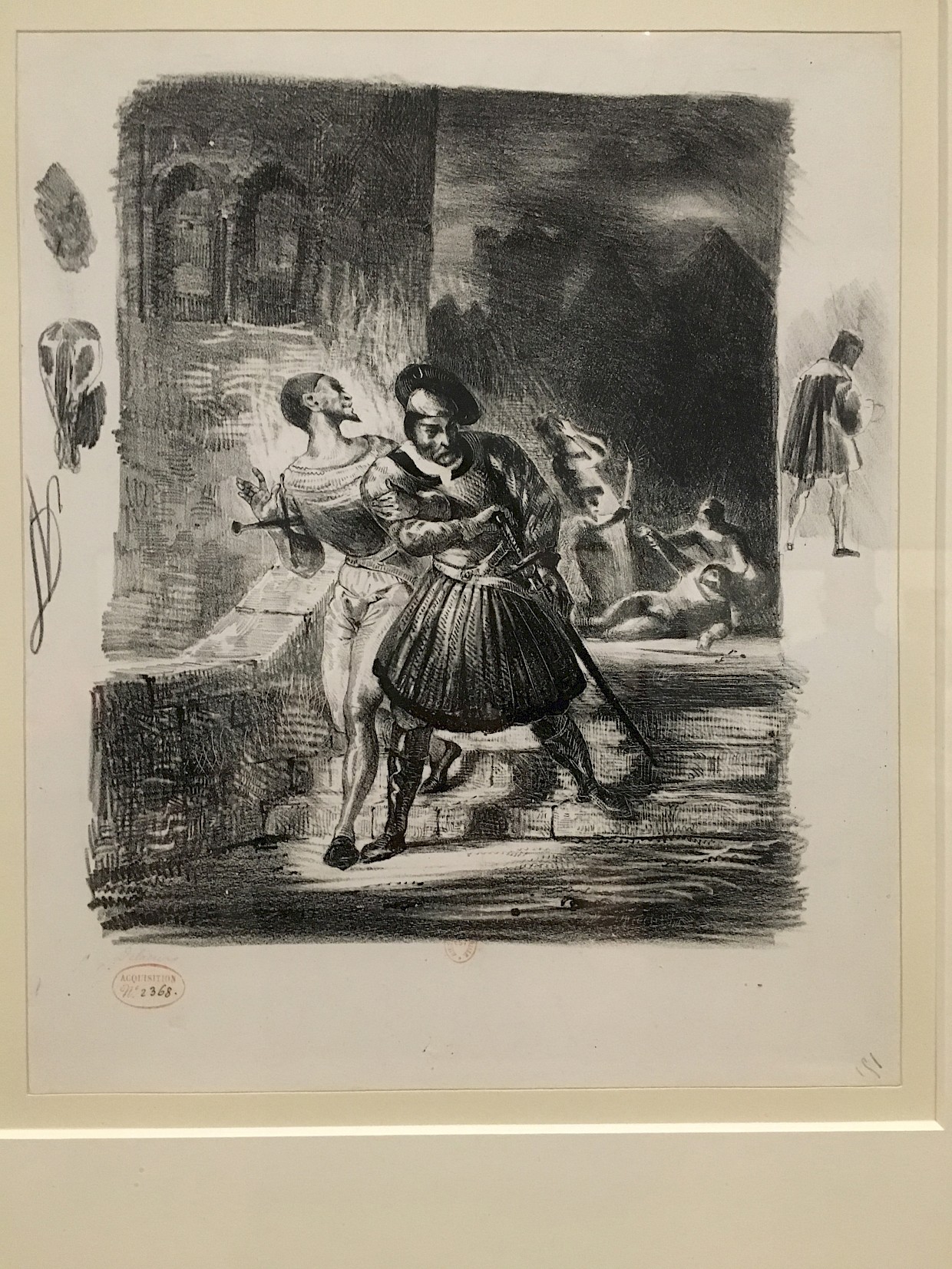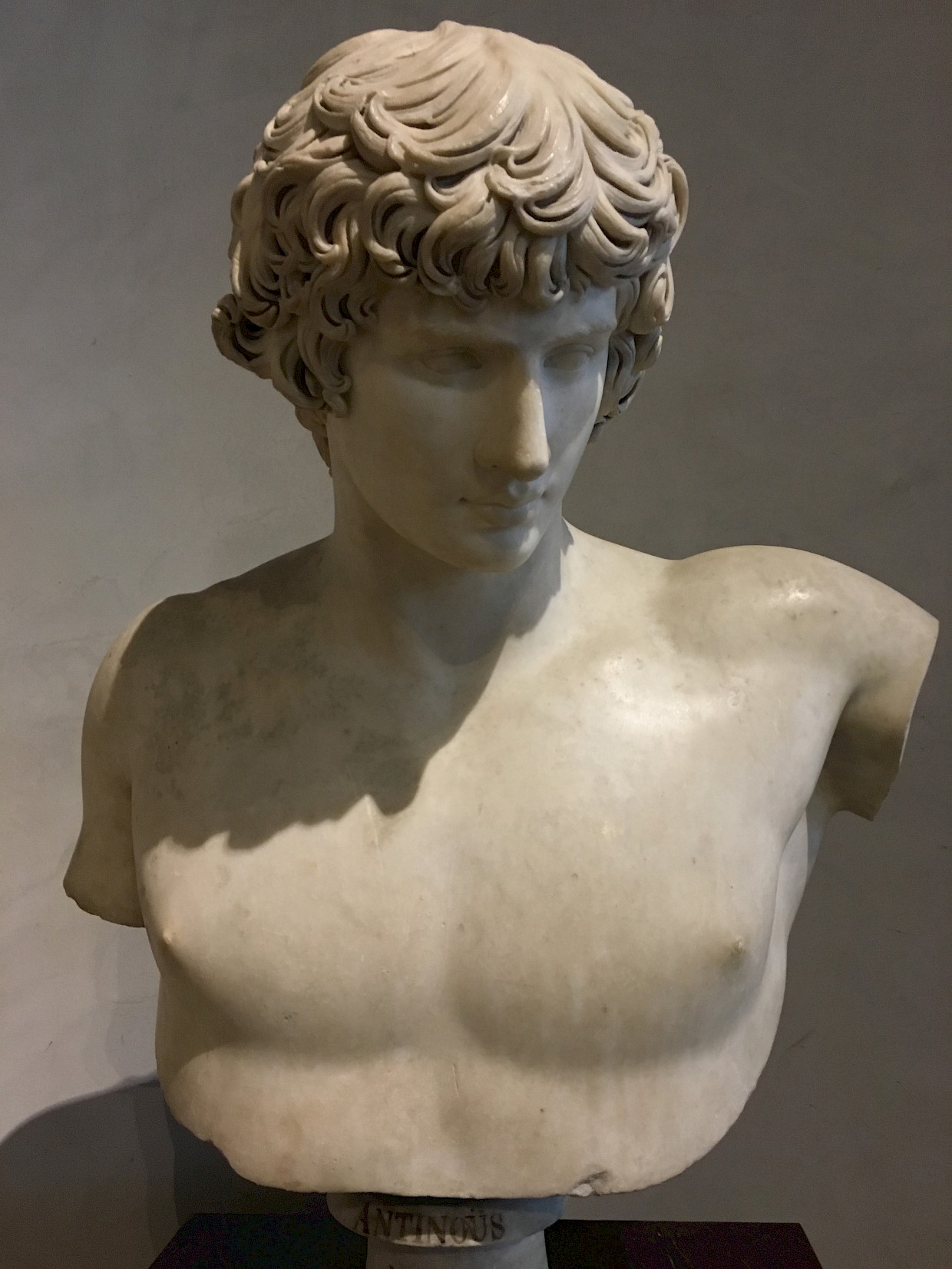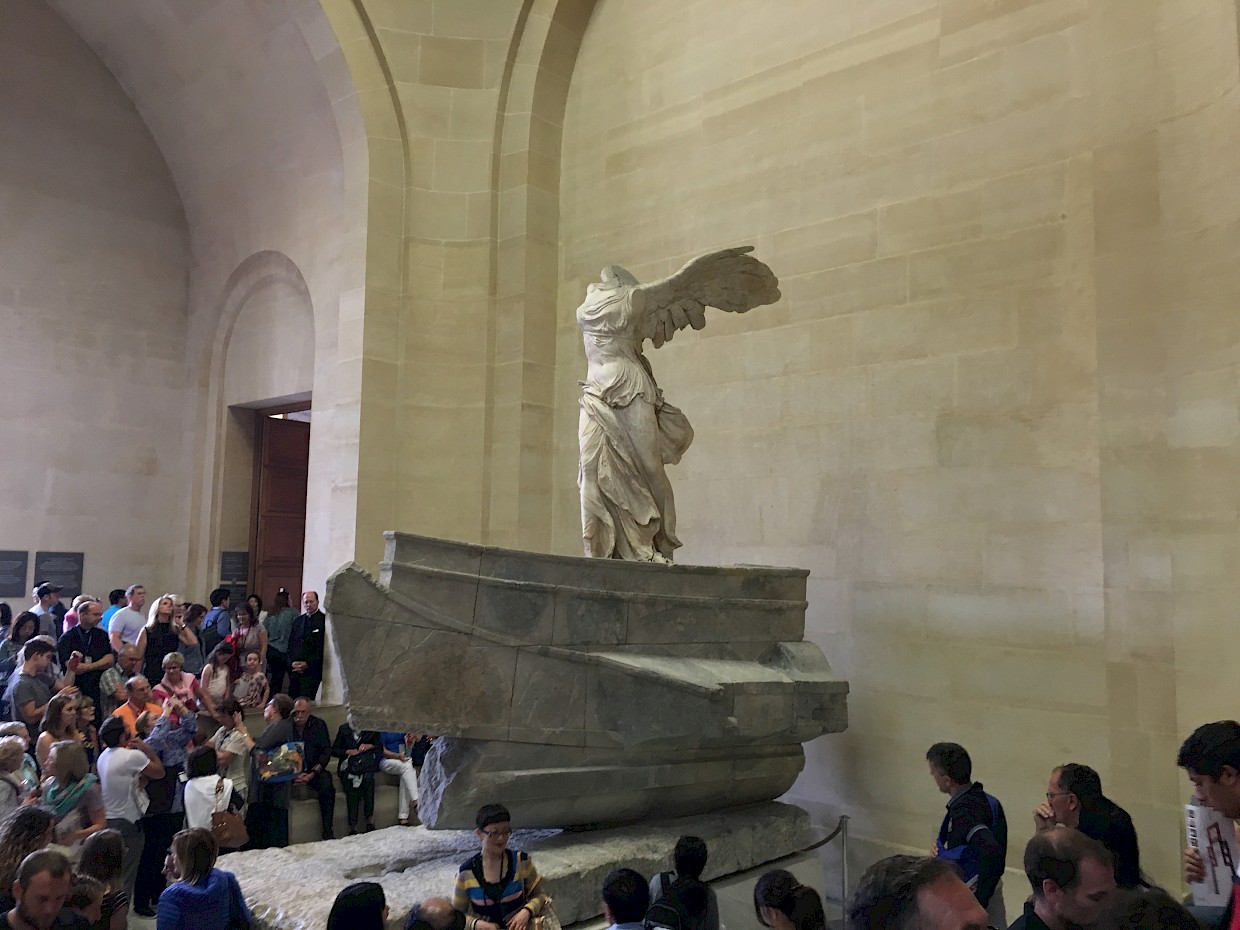Artist Date: Louvre, Paris
Jun 29, 2018 / Photography / artist dates / museums / travel
I was in Paris for a few days last week for business meetings. I’ve been to Paris before, but that was a long time ago, and so I was really excited about going back. I only had a limited time to explore, so I chose to visit the Louvre and Musee D’Orsay. This post is about art that I saw at the Louvre.
The Louvre is the home of famous works like the Mona Lisa. While I like the Mona Lisa, there were other works I discovered and enjoyed. Like Eugene Delacroix’s lithograph prints. In Delacroix’s work, it was interesting to see items outside the main picture. What are these things going on outside of the main picture? Is there a relationship between the main image and the things outside of it? These lithographs are like a grid-less graphic novel image that creates a story. I’m always on a lookout for artwork I could borrow ideas off of. Could I use this in my work? I looked at his lithographs for a long time. I also loved Delacroix’s journals. I started a bullet journal a few months ago, and I always want to keep it neat and perfect without ink smudges. Well, look at Delacroix’s journal, it’s not that. It’s organic and messy. Journals don’t have to be perfect. It’s ok to have blots and stains, with the ink bleeding through the page. I’d like to be more relaxed in my journaling from now on. The artist who aims at perfection in everything achieves it in nothing. I don’t usually respond to sculpture, but this bust of Antinous mesmerized me. Why did I like this so much? It brought me back to something I learned in art school, about how you could analyze a piece of art using Plato’s Tripartite Soul Theory. Plato believed that man’s soul had three components: The idea is that you could also look at art in this way. I look at this sculpture and think about how beautiful this man must have been in real life. I mean just look at him! It’s no wonder that Hadrian was crazy about him. This guy was a hunk—no doubt about it. That is definitely the Appetitive part of my soul that is speaking right now. The wavy curls elicit tenderness. The downcast gaze suggests melancholy and introspection. This statue is emotionally affecting and it speaks to the Spirited part of my soul. On the Rational side, this sculpture is beautifully made. The curls look soft and this is made out of stone (or marble)! I think of permanence, eternity, beauty, and love when I look at this statue. It’s incredible how this work makes me contemplate those amazing things just by looking at it. I think that’s the power of art. You can analyze a piece of art in this way and see if there is something in it for you. I also loved this piece, depicting Nike, the Greek goddess of victory. I loved it for its symbolism. It looked heavenly to me. Going through the three criteria again, this sculpture is very strong in the Rational and Spirited realm. I love how art can do that. It makes us think of things. I ended up spending 7 hours at the Louvre. The art I responded to during that time taught me something about myself. I’m attracted to beauty. I’m attracted to contemplating eternity. I’m attracted to what Plato called the Ideal Forms. I think of Ideal Forms as a separate plane of existence where all the works of humanity already exist. The artist’s job is to sojourn to this plane and bring back ideas and artworks so that our physical world can benefit. I think this is the job of an artist.
Delacroix Lithographs


Journals Can be Messy

Antinous Bust

Winged Victory of Samothrace
Art as a Teacher



